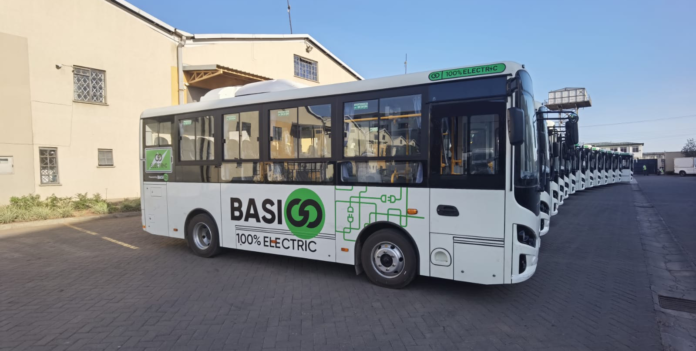I have always been a great proponent of technology going to the extend of exploring ways that we can improve operations or just the way of doing things using technology. And in recent times, this seems to be the case everywhere, the global shift towards sustainable energy solutions is gaining momentum. In recent times several industries have experienced advancements with the rise of electric vehicles (EVs) standing out as a key contributor, to this transformation. Here in Kenya, the government is strategically keen on leveraging the increasing adoption of EVs to address the issue of idle power consumption, particularly during off-peak hours. We take a look at how things are moving in this article and see just how much of an impact EV’s will have in this respect.
Quick Summary:
- The Kenyan government aims to utilize the uptake of electric vehicles to absorb idle power during off-peak hours.
- Electric vehicles have the potential to utilize the daily curtailed energy which is estimated at 1,357 megawatt hours (MWh) and can power thousands of EVs.
- By reducing idle power consumption, the initiative aims to alleviate strain on the aging transmission network and mitigate the risk of blackouts.
Harnessing Idle Power: The Role of Electric Vehicles
First, let’s discuss specifically what Electricity curtailment means in this context; it’s the deliberate reduction of energy generation to balance supply and demand which in turn poses a significant challenge to energy providers and consumers alike. In Kenya, where approximately 495,437 MWh of energy was curtailed between July 2022 and June last year, the need to explore innovative solutions to utilize this surplus energy is paramount and fortunately, electric vehicles present a promising solution to effectively absorb idle power while driving sustainable transportation.
Unlocking the Potential of Electric Mobility
The Ministry of Transport has thus far recognized that electric mobility could be a transformative solution to bridge the gap created by electricity curtailment. According to the ministry, strategic charging infrastructure and incentives can be used by electric vehicles to effectively utilize idle power especially during off-peak periods such as nighttime. With the daily curtailed energy estimated to be sufficient to power thousands of electric buses or hundreds of thousands of electric motorcycles, the scalability of this initiative is evident.
Addressing Infrastructure Challenges
It’s interesting how going green could be beneficially beyond optimizing energy consumption. For example, the transition to electric mobility offers a viable solution to mitigate strain on the aging transmission network. Kenya Power has in the past alluded overload on the transmission lines as one of major causes national blackouts, and boy, do we hate blackouts. By fronting the adoption of electric vehicles, the burden on the existing infrastructure can be effectively alleviated which in turn will reduce the risk of system failures while ensuring reliable energy supply.
Driving Sustainability and Climate Action
The benefits of embracing electric vehicles go beyond just energy optimization—they also contribute to environmental sustainability. With EVs producing zero tailpipe emissions, the shift from fossil fuel-powered vehicles to electric counterparts presents a tangible opportunity to combat climate change while improving air quality. Moreover, by reducing reliance on imported fossil fuels, Kenya can enhance energy security and foster economic resilience.
Conclusion: Paving the Way for a Sustainable Future
As Kenya navigates its course towards a sustainable energy future, the integration of electric vehicles into the transportation ecosystem holds immense promise. For example, by harnessing idle power to fuel electric mobility, the government will not only address immediate energy challenges but also lay the foundation for a cleaner, more resilient future. Through strategic policy frameworks, investment in charging infrastructure, and public awareness campaigns, Kenya is poised to emerge as a regional leader in sustainable transportation especially as electric vehicles continue to gain traction, their role in shaping a greener, more sustainable world cannot be overstated.
